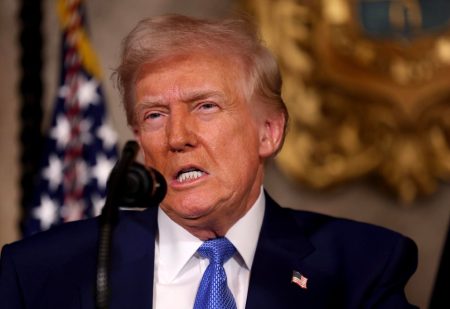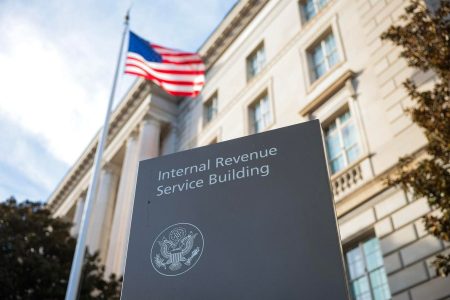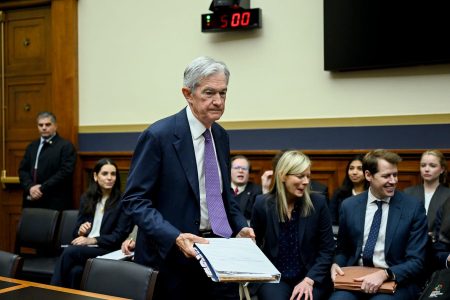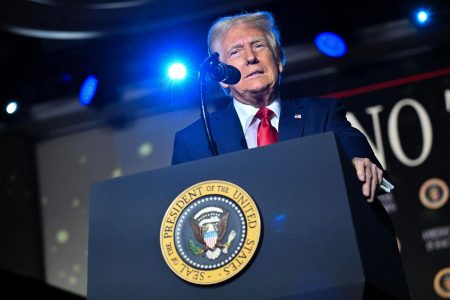The traditional inverse relationship between gold prices and real interest rates has been remarkably disrupted in recent years. Despite a significant rise in real interest rates from negative territory to a positive 2% throughout 2023 and 2024, the price of gold has surged by an impressive 42%, equivalent to an annualized return of nearly 20%. This defies conventional market wisdom and suggests a fundamental shift in the dynamics driving the gold market. Adding to the intrigue is the concurrent substantial outflow from gold ETFs, with holders selling off nearly 100 million ounces over the past two and a half years. This divergence between dwindling ETF holdings and soaring gold prices underscores a profound change in investor behavior and market forces.
The primary catalyst behind this paradigm shift is the aggressive gold acquisition strategy adopted by central banks worldwide. 2022 witnessed record-high gold purchases by central banks, a trend that has only intensified in 2023 and continued into 2024. The World Gold Council reports a year-over-year increase of over 29% in central bank gold holdings as of Q3 2024, indicating an insatiable appetite for the precious metal. This surge in demand is driven by a confluence of factors, including a strategic move towards diversification away from US dollar-denominated assets, a desire to hedge against inflationary pressures and currency devaluation, and a growing need for geopolitical insurance in the face of global uncertainties.
Leading the charge in this gold accumulation are countries like China, Turkey, and India, with significant participation from Middle Eastern nations as well. China, for instance, has augmented its gold reserves by over 200 metric tons between late 2022 and mid-2023, bringing gold’s share of its total reserves to 5%. Similarly, Turkey, grappling with domestic currency volatility, emerged as one of the largest gold buyers in 2023. These actions are not merely opportunistic acquisitions; they represent calculated strategic maneuvers within a rapidly evolving global financial landscape. They signal a growing distrust in the US dollar’s hegemony and a search for alternative stores of value and stability.
Geopolitical tensions and conflicts, particularly the war in Ukraine and ongoing instability in the Middle East, have further amplified the shift towards gold. These events have underscored the vulnerability of relying heavily on a single currency and spurred nations to seek a more neutral and universally accepted asset. The Western sanctions imposed on Russia following its invasion of Ukraine have accelerated the move away from the US dollar, prompting countries like Russia and China to explore alternative financial arrangements and bolster their gold reserves. Similarly, Middle Eastern nations are accumulating gold as a safeguard against regional instability and a hedge against potential economic shocks.
While central bank buying has undeniably propelled gold’s recent price surge, the potential for further growth remains significant. The anticipated entry of US retail investors into the gold market could ignite the next phase of this bull market. Persistently high inflation, above the Federal Reserve’s 2% target, coupled with potential interest rate cuts by the Fed, could reignite the traditional inverse correlation between gold and real interest rates, further driving up gold prices. This scenario, combined with the ongoing geopolitical tensions and the weakening dollar, creates a fertile ground for substantial gold price appreciation.
Looking ahead to 2025 and beyond, the potential for a significant gold rally appears increasingly likely. The Federal Reserve may be compelled to implement more aggressive interest rate cuts in response to a slowing labor market, while simultaneously grappling with above-target inflation and escalating federal debt. This confluence of factors could propel gold into a safe-haven asset of choice, triggering a substantial price surge. The current dynamics of the gold market suggest a departure from traditional correlations and the emergence of new driving forces. With central banks providing a strong foundation of demand and geopolitical uncertainties adding further impetus, the outlook for gold remains decidedly bullish. In this era of uncertainty, gold’s role as a portfolio diversifier and a preserver of wealth has become more critical than ever, potentially paving the way for gold prices to reach $5,000 in the next decade.










